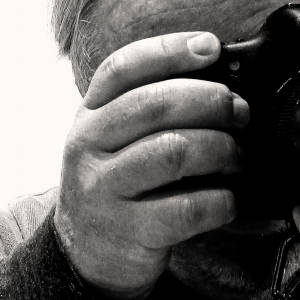St Anthony's Chapel
Thanks to friends who phoned and cajoled us, we had a decent walk in Holyrood Park this morning. I wonder if this "counts" as going to church ?
St Anthony's Chapel appears more like the gaunt ruin of an ancient castle than a religious building, it stands on a rocky outcrop high above St Margaret's Loch, commanding excellent views over North Edinburgh, Leith and the Firth of Forth.
For a building whose construction must have been witnessed by people for miles around, surprisingly little is known about the origins of St Anthony's Chapel. From the 1100s, ownership of the land now forming Holyrood Park was divided between the abbeys at Kelso and Holyrood, and it is thought that the area occupied by the chapel was owned by Kelso Abbey.
Despite this, it seems very likely that St Anthony's Chapel was closely associated with Holyrood Abbey, which stood just a few hundred yards away to the north west. The two were linked by a well-made stone track (now heavily worn) with prominent kerbstones that can in places still be seen, and about three quarters of the way along this track up to the chapel is the spring and carved stone bowl known as St Anthony's Well.
It has been suggested that the chapel served as a sort of religious beacon, designed to be clearly visible to sea-borne pilgrims coming to Holyrood Abbey as they sailed up the River Forth.
As for dating, there are references to a grant paid for repairs to St Anthony's Chapel by the Pope in 1426, suggesting the building could date back into the 1300s or beyond. Details of its demise are equally unclear, but presumably, like Holyrood Abbey itself, St Anthony's Chapel fell into disuse and disrepair after the Reformation in 1560.

Comments
Sign in or get an account to comment.


